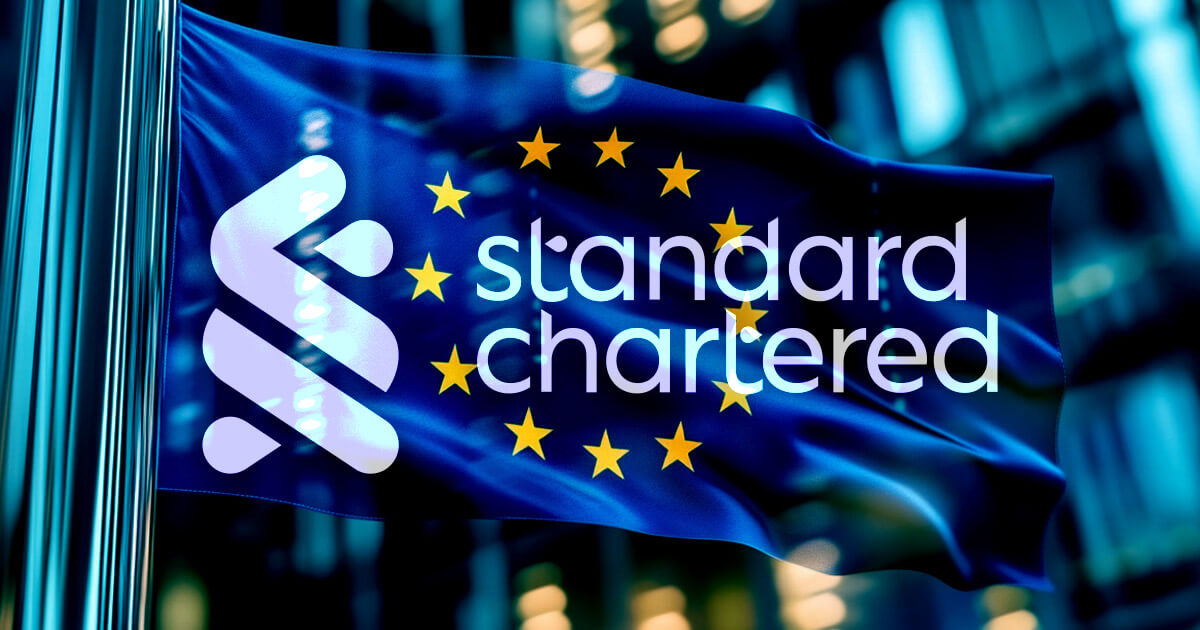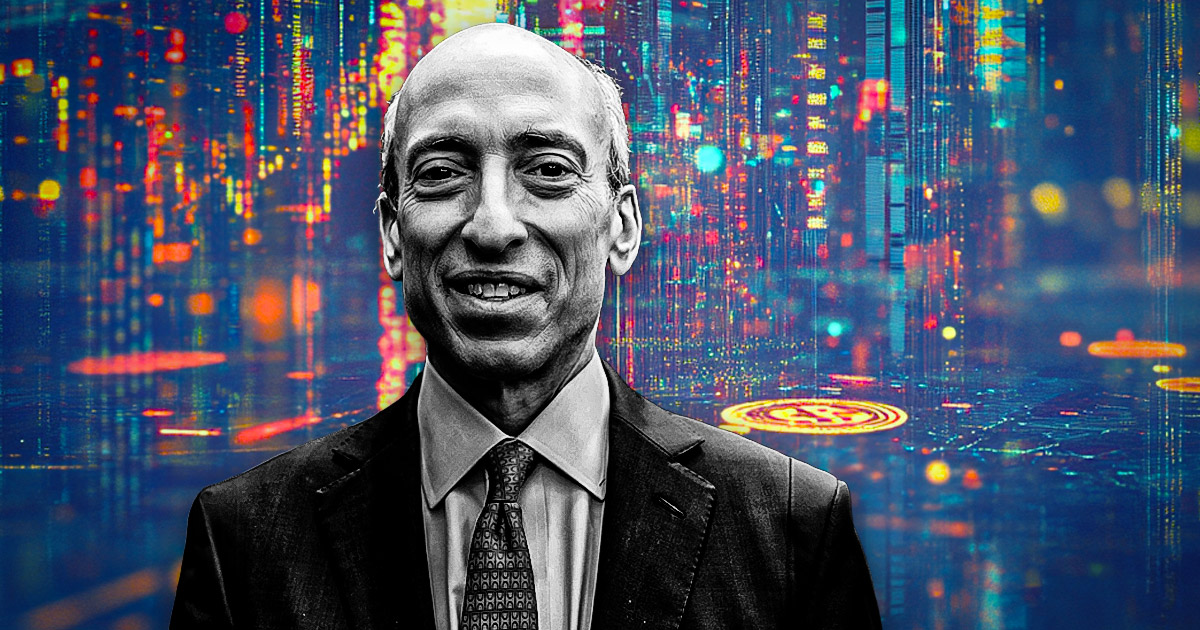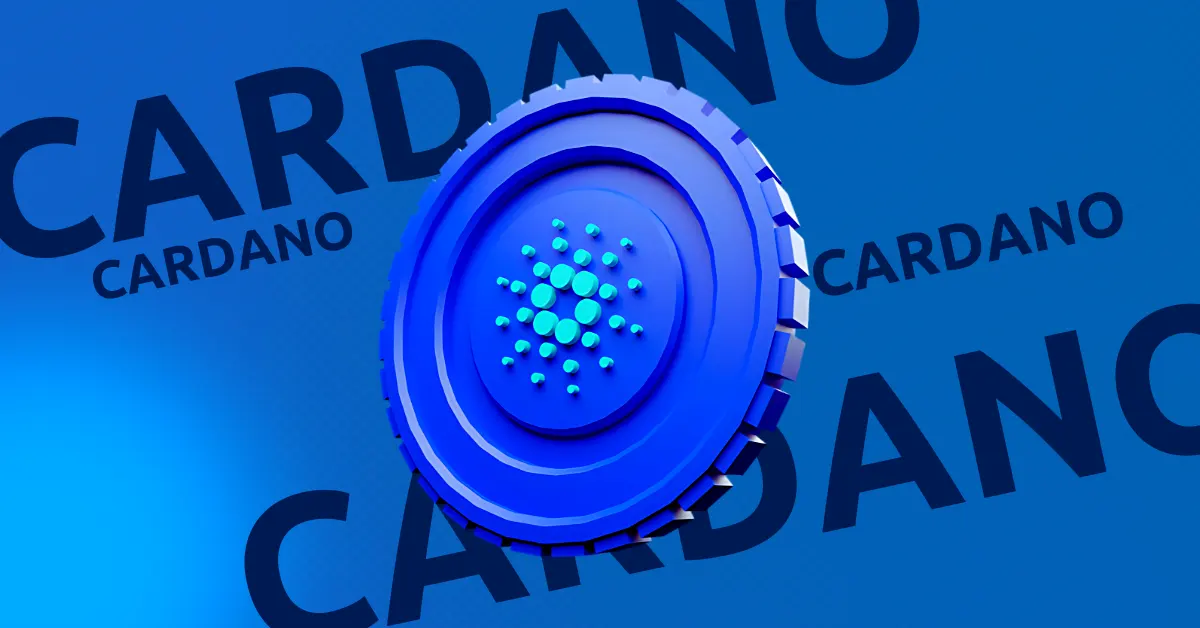Academic studies are revealing a lot about the way crypto markets are evolving, in terms of both the big picture and underlying technical issues. In this post, I discuss key insights from a set of research studies whose findings were presented at a recent conference which took place at Santa Clara University.1 The conference program and links to papers can be accessed here.
Among the big picture issues discussed at the conference are automated crypto trading, decentralized autonomous organizations, and regulations to address crypto price manipulation. In respect to the regulation, one of the conference presenters pointed out that there are more than a hundred crypto exchanges around the world, with some crypto investors having become “crypto millionaires” and others having lost their entire investments. Among the technical issues discussed are high fees paid by traders to have their blockchain trades recorded early in a block, and the efficient setting of interest rates in peer-to-peer crypto lending markets.
The conference featured six conference presenters and a panel. The first three presenters focused on CeFi, meaning crypto trades taking place on centralized exchanges. The remaining presenters focused on DeFi, CeFi’s decentralized counterpart. I begin by describing the presenters’ key findings about CeFi, and then move to DeFi.
Will Cong from Cornell University made a presentation titled “The Future of CeFi: Regulation, Forensics, Interoperability, and Reputation.” He begins with a statement which many investors believe: Cryptocurrencies and digital assets will ultimately provide cheap, quick, and secure ways to transfer value. This belief is plausible, and the transformation, if it occurs, will greatly disrupt traditional financial systems. As a real economy example, Cong mentions using blockchain technology for real estate transactions.
Notably, Cong points out that in the absence of effective market regulation, crypto markets have provided new channels for cybercrime and market manipulation. Going forward, he suggests that CeFi can benefit from effective regulation, interoperability with other platforms and with the non-blockchain components of the economy.
In respect to market manipulation, Greg Zanotti from Stanford University presented a paper suggesting that human crypto traders appear to react more easily to attempts at manipulation than do automated traders. His paper, co-authored with Markus Pelger, is titled “Cryptocurrency Market Microstructure: Human vs. Machine.”
Zanotti and Pelger investigate a series of important questions about the relative activity of human traders and automated traders on centralized exchanges. Notably, while humans initiate just a tiny fraction of limit orders, they trade more frequently than automated traders. Specifically, although human traders account for only 2% of limit order, humans sell cryptocurrency to other humans 27% of the time. Humans are also less patient than automated traders. By this I mean that humans are more prone than automated traders to use market orders for immediate execution instead of limit orders. In this respect, the frequency of market orders by humans is 1.7 larger than their corresponding limit order frequency. In contrast, the frequency of market orders by automated traders is a tad below their corresponding limit order frequency.
Given the current limited interaction between blockchains and the real economy, speculative trading has dominated blockchain activity on CeFi. In this regard, price and return patterns are important elements upon which speculators focus. Amin Shams from Ohio State University presented a paper titled “Cryptocurrency Exchanges and Comovements of Cryptocurrency Returns.” He asks about the extent to which the largest 100 cryptocurrencies move together, as well as which variables underlie these co-movements.
Shams reports that the return pairwise correlations vary widely from -0.26 for some pairs to nearly 0.7 for others. Moreover, he notes, this correlation structure is persistent, with price impacts spilling over from one exchange to another, and then becoming amplified.
Shams reports that among the variables which underlie these co-movements, the most significant is exposure to similar investor bases. He measures “investor base similarity” with a pairwise “connectivity” variable which is related to cryptocurrencies’ trading locations. Other variables which contribute to higher correlations are similarity in market capitalizations, trading volume, and age. Moreover, cryptocurrencies with similar technical features such as consensus mechanism and tokens industry also demonstrate higher correlations.
The next three presentations focus on DeFi.
Agostino Capponi from Columbia University presented a paper entitled “Price Discovery on Decentralized Exchanges,” written with Ruizhe Jia and Shihao Yu. Capponi points out an important difference between CeFi and DeFi. In CeFi, orders are continuously matched following a price-time priority rule; however, in DeFi, orders are matched in discrete time, and significantly, require traders to bid a fee to determine their associated execution priority. Capponi and his co-authors report that traders with material information bid high fees in order to have their trades be part of the beginning of new blocks (in the chain). Doing so reduces these informed traders’ execution risk.
DeFi allows users to access traditional financial services, such as borrowing and lending, without needing to rely on a trusted intermediary. Thomas Rivera from McGill University presented a paper entitled “Equilibrium in a DeFi Lending Market” which analyzes the properties of DeFi protocols which enable agents to borrow and lend funds in a peer-to-peer fashion on a blockchain through smart contracts. The paper is co-authored with Fahad Saleh and Quentin Vandeweyer. A defining feature of DeFi lending is that technical constraints limit the ability of blockchain applications to incorporate off-chain, meaning external, information. In particular, DeFi lending relies on an exogenous interest rate function which sets the borrowing and lending rates strictly as a function of the observed ratio of borrowed-to-available loanable funds, referred to as the utilization rate. This feature is potentially problematic; however, Rivera and his co-authors discuss how to structure protocols to limit the impact of these constraints.
One of the most intriguing aspects of cryptocurrency markets is the concept of a decentralized autonomous organization. DAOs are crypto-native organizations which operate without centralized management. Ian Appel from the University of Virginia presented an insightful paper on the topic of DAOs, entitled “Decentralized Governance and Digital Asset Prices.” The paper is co-authored with my Santa Clara colleague Jillian Grennan. In a DAO, managerial and financial decisions are made by token holders who use a decentralized voting process. Appel and Grennan examine the relationship between governance and performance. They find superior returns being associated with DAOs that feature governance structures which promote broad participation in decision-making, or enhance security. Conversely, inferior returns are associated with DAOs that feature barriers to the adoption of improvement proposals.
Four panelists participated in a panel discussion entitled “What’s next for crypto?” The panel was chaired by my Santa Clara colleague Gustavo Schwenkler and focused on two main issues. The first issue pertains to new innovations which will combine blockchain technology and AI. There is great interest in placing models and training data onto blockchains in order to render them immutable. Doing so will help different entities share training data, while preserving elements of privacy. The second issue pertains to the shape of future crypto regulation. There is a need to establish property rights and craft a legal framework to protect such rights.
Based on my own work on the behavioral aspects of financial market regulation, I see strong parallels between the evolution of cryptocurrencies in the last few years and the period of the 1920s which featured both great innovation and considerable market manipulation. I note that the events of the 1920s precipitated the strong regulatory measures that were enacted during the 1930s.
The speakers at the conference highlighted crypto innovations and crypto manipulation. The panel highlighted the regulatory changes to come.
Follow me on Twitter.
1. The conference was organized by Gustavo Schwenkler, Seoyoung Kim, and Sanjiv Das.
Credit: Source link















































